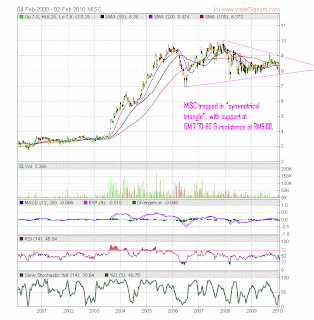
Chart 1: Baltic Drybulk Rates' daily chart as at Feb 3, 2010 (Source: Investment.tools.com)
The decline in BDI is a sign that the shipping industry has to deal with the big problem of vessel supply in 2010-11. This thread was highlighted by The Money Game as well as FTAlphaville. From The Money Game:
The dry bulk shipping vessel orderbook is so massive over the next two years that even huge cancellation estimates would have trouble making it manageable, and thus saving the Baltic Dry Index (a measure of spot rates for bulk shipping).
FTAlphaville highlights that broker Icap expects 1,400 vessels to be delivered in 2010, which equates to 120 vessels per month on average. (Even if in reality they won't be spread out evenly) How bad is 120 ships per month relative to what the market has had to deal with so far?
At no point during 2009 did the rate of delivery exceed 60 vessels in one month – but even if this rate of delivery were maintained throughout 2010 it would still equate to slippage of around 50 per cent. However, in light of the sheer size of the orderbook, and despite high levels of slippage, the market still faces the prospect of continued tonnage growth.

Table: Dry Bulk Carriers' Orderbook (Source: ICap)
The above may also explain why the share price performance of Maybulk & MISC has been rather subdued in the past 1 or 2 years. Since the overcapacity problem will not go away any time soon, I believe Maybulk & MISC will likely to under-perform the broad market.

Chart 2: Maybulk's daily chart as at Feb 2, 2010 (Source: Tradesignum)

Chart 3: MISC's daily chart as at Feb 2, 2010 (Source: Tradesignum)
No comments:
Post a Comment